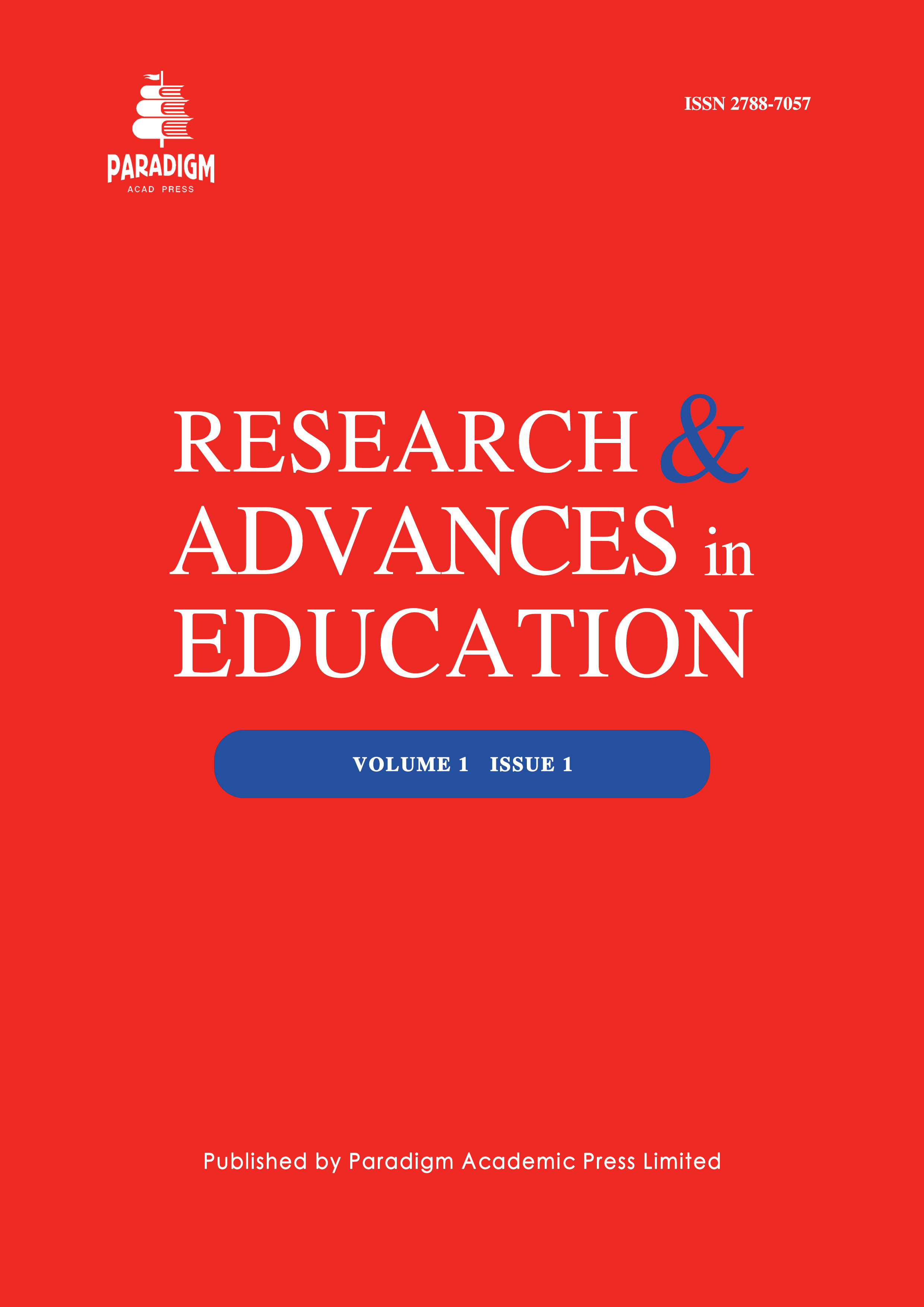A Study Applying Rogers’ Innovation Diffusion Theory on the Adoption Process of New Teaching Methods in Secondary Education
Keywords:
educational innovation, teaching methods, Rogers’ theory, early adopters, compatibilityAbstract
This longitudinal study explores the adoption process of new teaching methods in U.S. secondary education from 2010 to 2022, utilizing Rogers’ Innovation Diffusion Theory as a theoretical framework. The research investigates the dynamics of innovation diffusion by analyzing the roles of adopter categories, such as innovators, early adopters, early majority, late majority, and laggards. The study delves into factors influencing adoption, including the perceived relative advantage of innovations, compatibility with existing practices, and the impact of interpersonal networks. The findings contribute valuable insights into the nuanced landscape of educational innovation, emphasizing the pivotal role of early adopters and the applicability of Rogers’ theory in understanding the complex adoption process. The implications for educators, policymakers, and researchers are discussed, along with recommendations for future research in the field of innovation diffusion in secondary education.


